Home > Tips
Is a patterned cracking in the surface of the paint film that resembles the regular scales of an alligator.

Causes:
Solutions:
A fine powder can occur on the surface of the paint film during weathering, which can case colour fading.

Causes:
Solutions:
This problem occurs when the paint film erodes and the resulting residue appears chalky.

Causes:
Solutions:
Paint can crack & flake, sometimes revealing the substrate.

Causes:
Solutions:
Dirt, dust particles, or other debris can accumulate on the paint film, which may resemble mildew.

Causes:
Solutions:
Efflorescence or mottling appears as crusty, white salt deposits, leached from mortar or masonry as water passes through.

Causes:
Solutions:
Paint can lighten over time. This occurs on surfaces with sunny southern exposures.

Causes:
Solutions:
Frosting appears a white, salt-like substance on the paint surface. Frosting can occur on any paint colour, but it is less noticeable on white paint or light tints.

Causes:
Solutions:
Nail head rusting appears as reddish-brown stains on the painted surface.

Causes:
Solutions:
Paint incompatibility can cause loss of adhesion where many old coats of alkyd or oil-based paint receive a latex topcoat.
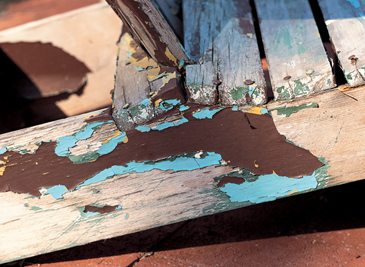
Causes:
Solutions:
Poor Alkali resistance can cause colour loss and overall deterioration of paint film on fresh masonry.

Causes:
Solutions:
Paint that has lost its adhesion to a galvanized metal substrate.

Causes:
Solutions:
Deterioration of the paint film, resulting in excessive or rapid loss of luster of the topcoat.

Causes:
Solutions:
Causes the appearance of sticky brown residue or spots on paint.
Surfactants are necessary ingredients of latex paint. These water-soluble components migrate over time to the surface of the paint and eventually evaporate.
When newly applied latex paint is exposed to high moisture or humidity while it’s drying and/or curing, the surfactants can rise prematurely to the film’s surface, producing a brown residue or splotches. Surfactant leaching frequently shows up in bathrooms and other humid environments as brown stains on ceilings or walls.
While unattractive, surfactant leaching does not harm the coating.
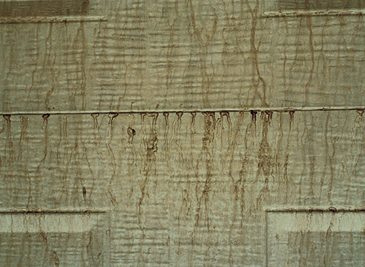
Causes:
Solutions:
Brownish or tan discolouration on the paint surface due to migration of tannins from the substrate through the paint film. Typically occurs on “staining woods” such as redwood, cedar & mahogany, or over painted knots in certain other wood species.

Causes:
Solutions:
Unpainted Wood
Painted Wood
Vinyl siding panels that have been repainted sometimes warp or buckle.

Causes:
Solutions:
Stains that come from waxy substances in the reconstituted wood products used to make hardboard siding. When the substrate is painted, these staining substances bleed through the paint; they can even bleed through some ordinary primers, possibly causing dirt pickup, mildew and/or poor paint adhesion (see Dirt Pickup & Mildew).

Causes:
Solutions:
To correct discoloration caused by wax bleeding, it is first necessary to figure out whether wax bleeding is indeed occurring. Do this by:
Paint ridges or wrinkles occur when uncured paint forms a “skin,” leaving the surface rough and crinkled.
Paint wrinkling can occur if paint is applied too thickly or under adverse environmental conditions. It is more likely to happen when using alkyd paints. Fortunately, a paint wrinkling problem is easy to remedy.
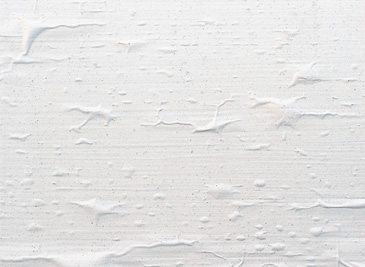
Causes:
Solutions:
Paint blisters or bubbles occur when there is a loss of adhesion and lifting of the paint film from the underlying surface.

Causes:
Solutions:
When two freshly painted surfaces stick together, when pressed against each other (eg. A door sticking to the jamb.)

Causes:
Solutions:
Repeated rubbing can cause paint burnishing. You can prevent it by using the proper paint for high-traffic areas that require frequent cleaning.

Causes:
Solutions:
When the caulking looses its initial adhesion & flexibility, causing it to crack and pull away from the surface.

Causes:
Solutions:
Dry paint sometimes cracks or flakes due to aging or improper application. Early on, the problem appears as hairline cracks; later, flaking or paint chips occurs.

Causes:
Solutions:
Paint bubbles or foam can form during paint application, and when they break and dry out, they create paint cratering.

Causes:
Solutions:
Lap marks appear as a denser color or higher gloss where wet and dry layers overlap.

Causes:
Solutions:
Mildew can appear on the surface of paint or caulk as black, gray, green or brown spots.
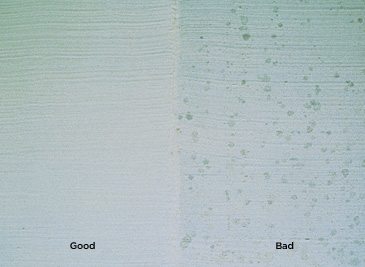
Causes:
Solutions:
Mud cracks are deep, irregular cracks that resemble dried mud.

Causes:
Solutions:
Darker or lighter areas where paint was cut in produce an effect known as “picture framing” or “hatbanding.”
Corners, edges, and other areas that are cut-in with a brush can dry darker or lighter than the rest of the wall that was painted with a roller.

Causes:
Solutions:
Visible brush and roller marks are the results of poor paint flow & levelling.
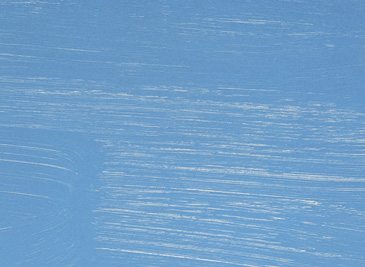
Causes:
Solutions:
The failure of dried paint to obscure or “hide” a surface when it has been uniformly applied indicates either a low-quality paint or improper surface preparation.

Causes:
Solutions:
Paint with poor scrub resistance will show worn spots, drabness, or a scratched appearance, primarily after being scrubbed with an abrasive brush, sponge or cleaning agent.

Causes:
Solutions:
Poor Sheen uniformity leads to shiny spots or dull spots (flashing) on a painted surface.
Causes:
Solutions:
Paints with low stain resistance absorb dirt, grime and stains. Choosing a high-quality paint with high stain resistance, like Regal Select, and properly priming the surface will help make staining less likely, and dirt and grime easier to remove.

Causes:
Solutions:
Unintentional textured pattern left in the paint by the roller.

Causes:
Solutions:
Roller spattering occurs when a roller throws off small droplets of paint during application.

Causes:
Solutions:
Sagging is a downward “drooping” movement of the paint that occurs immediately after application.

Causes:
Solutions:
Causes the appearance of sticky brown residue or spots on paint.
Surfactants are necessary ingredients of latex paint. These water-soluble components migrate over time to the surface of the paint and eventually evaporate.
When newly applied latex paint is exposed to high moisture or humidity while it’s drying and/or curing, the surfactants can rise prematurely to the film’s surface, producing a brown residue or splotches. Surfactant leaching frequently shows up in bathrooms and other humid environments as brown stains on ceilings or walls.
While unattractive, surfactant leaching does not harm the coating.

Causes:
Solutions:
When uncured paint forms a skin, it can wrinkle, making the surface appear rough and crinkled paint.
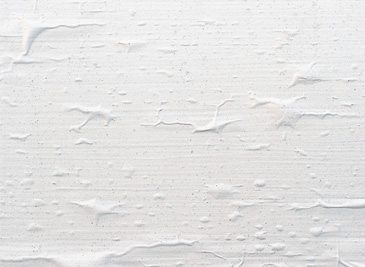
Causes:
Solutions:
Sign me up to receive emails on promos, news & events, & receive a FREE colour tester
